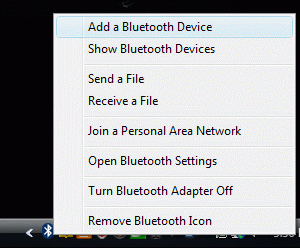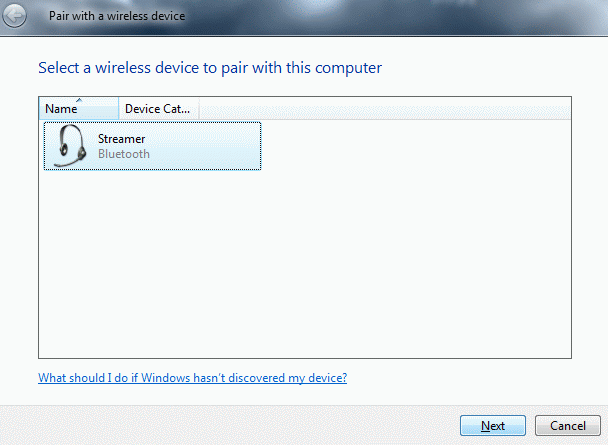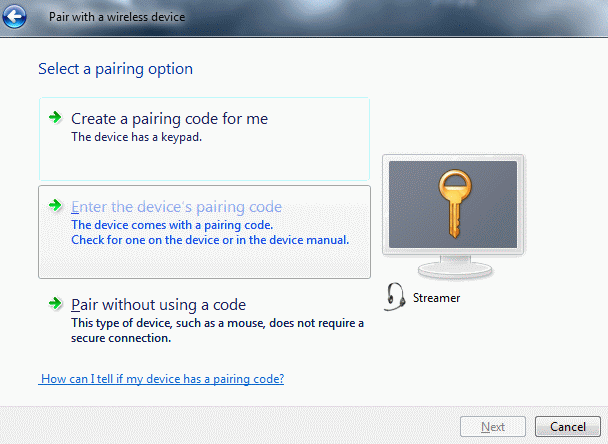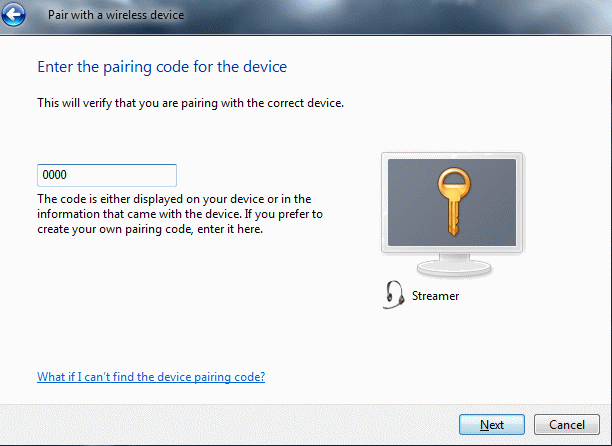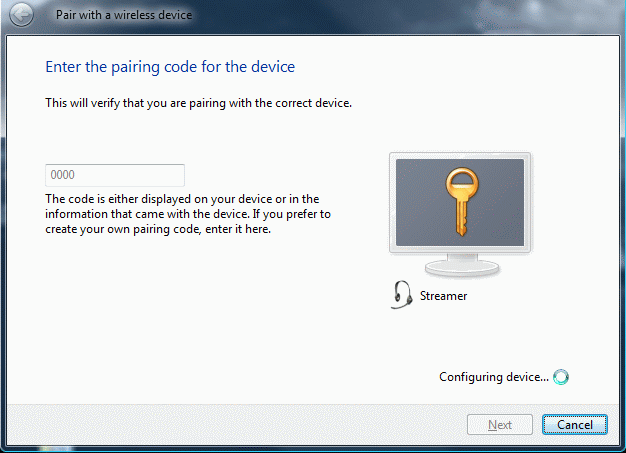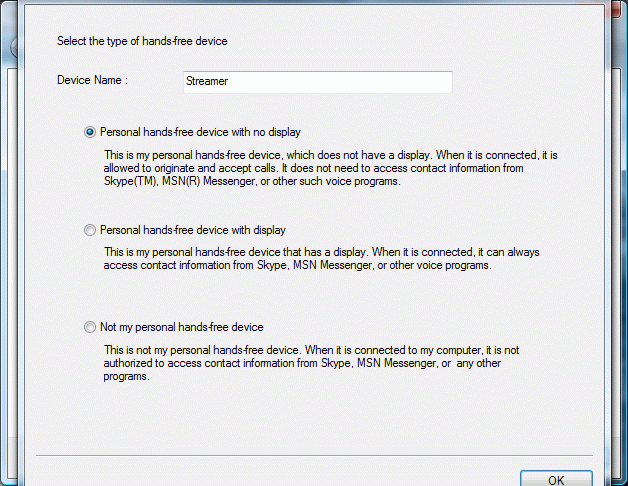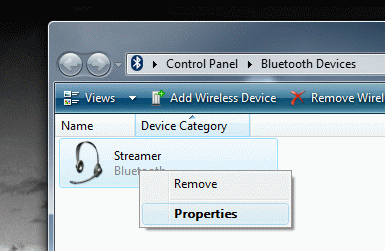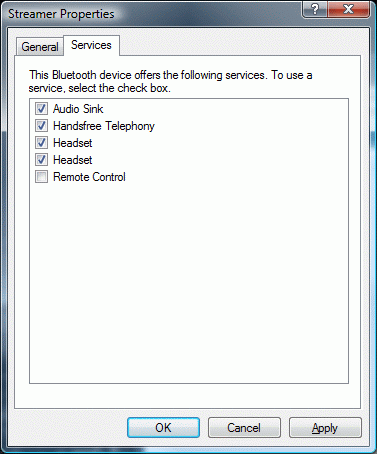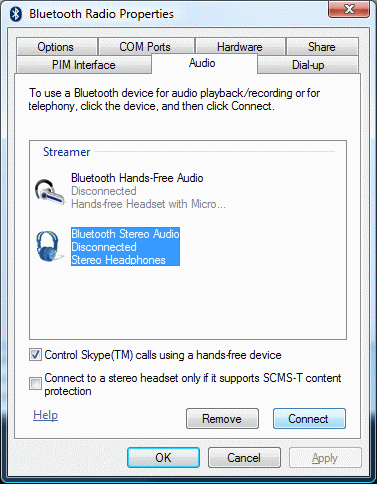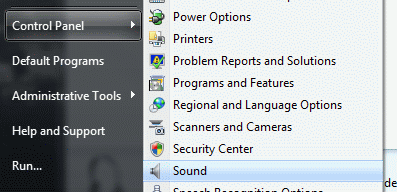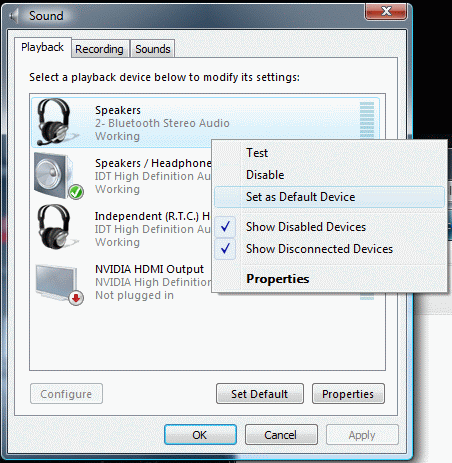Intersections
And a place in his mind was a wrestling-ring
Where the crownless form of an outlawed king
Fought with a shadow too like his own,
And, late or early, was overthrown.
It is not lucky to dream such stuff –
Dreaming men are haunted men.– John Brown’s Body, Stephen Vincent Benét
I have a dream that one day every valley shall be exalted, every hill and mountain shall be made low, the rough places will be made plain, and the crooked places will be made straight, and the glory of the Lord shall be revealed, and all flesh shall see it together.
– I Have a Dream Speech, Rev. Dr. Martin Luther King Jr.
I have said several times in different places that I live in intersections. Intersections are marvelous places: they reveal connections, context, that might not previously have existed. To borrow yet more words, they are “intertwingled”; as one tugs at the strings or weaves them, the concepts become inseparable from one another until the very meaning is changed because two things have been brought together.
I would like to think that the human race, innately, is a race of explorers, an inquisitive one at that; our explorations are necessarily stubborn, for if we stop exploring, we lose some piece of ourselves. We find ourselves creating our own battlegrounds where our wars of exploration are fought, where we try, as the great Dr. King states, to lay the hills low, to make the crooked places straight.
We fight in our rings with our crownless forms, our ideas, our unknowns, and we find ourselves haunted. These ideas, these unknowns, imprint themselves; even when resolved, when the idea is revealed so clearly that its utility is revealed at long last as a fog lifting off a riverbank, they stay with us.
Intersections haunt me. They tug at me, they dart through shadows, and though they are very clearly rough terrain, mountainsides as yet untamed, they are there, beckoning. Every once in a while, I explore them: government and user experience, environmental sustainability and information management, the practice and art of tutoring with information management. Indeed, my very life is an intersection; I have pulled threads of knowledge out of the ethers and woven them into my personal and professional interests. We all do this, though I find some more adept than others.
Should we ever reach the end, where we cease to be haunted and we all share the same visions, that will be a day indeed, for it shall mean we no longer dream; the world, as we know it, shall cease to exist, for we shall no longer find ourselves interested in it. We shall be shells, discarded and useless.
